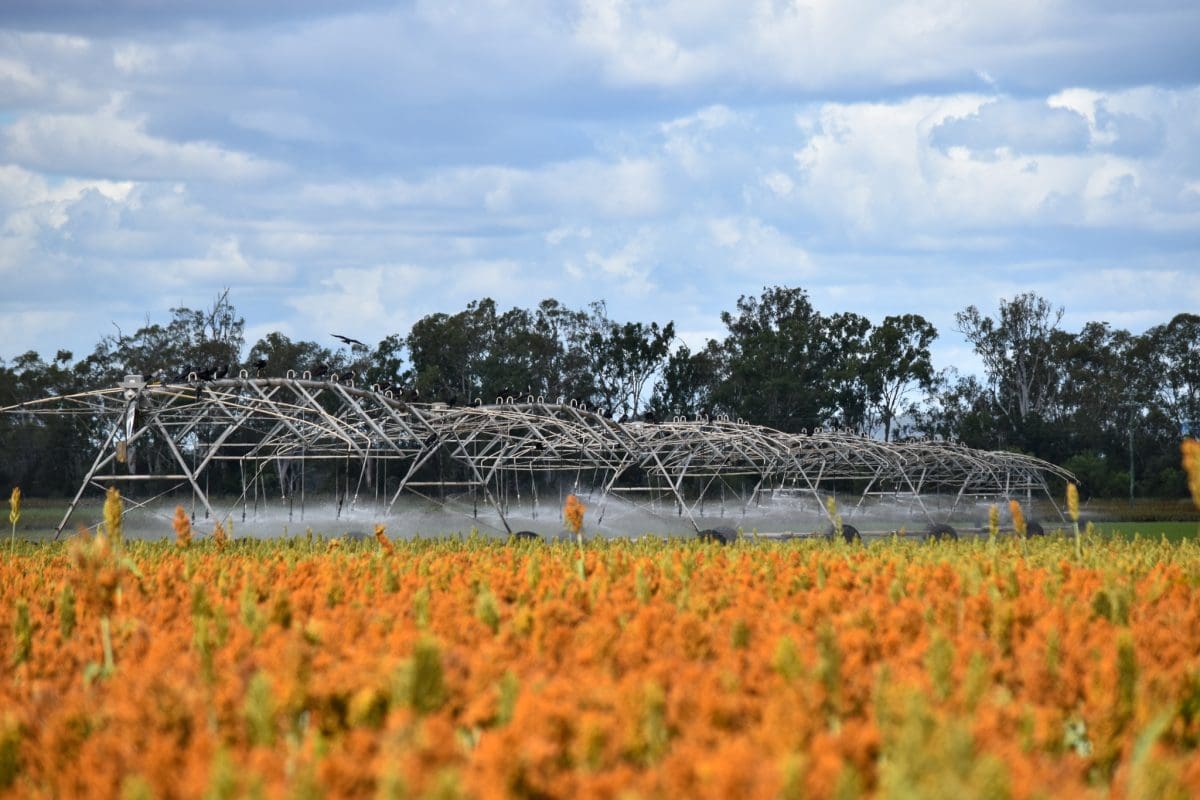
Rural debt in Queensland has increased markedly between December 2019 and December 2021. Photo: QRIDA
TOTAL rural debt in Queensland has risen to $24.06 billion in December 2021, an increase of 26 per cent on the previous figures of $19.1B as of December 2019, according to the 2021 Queensland Rural Debt Survey.
At the same time, the quality of that rural debt has remained strong, with almost 95pc rated viable or long-term viable, despite challenging times for rural businesses.
Minister for Agricultural Industry Development and Fisheries Mark Furner on Friday tabled the survey of debt as at 31 December 2021 in the Queensland Parliament, and said the average debt per borrower rose to $1.39 million, up 32.7pc from the previous survey in 2019.
“Debt funding remains the principal source of capital for Queensland primary producers including for working capital, infrastructure, property, and other investment purposes,” Mr Furner said.
“Debt in the beef industry accounts for the largest proportion of rural debt across Queensland, growing by more than $3B and accounting for around 60pc of the increase in total debt.
“This is followed by cotton debt, growing 53.1pc to $1.69B.
“Grain/grazing also saw a large increase, totalling $1.68B and recording a 40.9pc growth since the 2019 survey.”
At just over 35pc, or $8.51B, the Western Downs and Central Highlands region represented the largest portion of total rural debt in Queensland.
This is followed by the Southern Coastal Curtis to Moreton region on $5.46B or 22.7pc, and the Eastern Darling Downs at $3.34B, or 13.9pc.
“In addition, the total number of rural borrowers in Queensland has decreased by 920 to 17,312 borrowers, down 5.05 per cent on 2019.”
The survey was undertaken by the Queensland Rural and Industry Development Authority (QRIDA) in collaboration with the Queensland Government Statisticians Office, and with support from all major rural lenders, and insights from agricultural industry associations.
QRIDA chief executive officer Cameron MacMillan said rural businesses continued to face tough conditions throughout the period from December 2019 to December 2021, yet many industries had also shown their resilience.
“In 2019, Queensland recorded the lowest level of rainfall since 2005,” Mr MacMillan said.
“From 2020, they also faced rising input costs and supply-chain disruptions due to the COVID-19 pandemic.”
He said all these factors had impacted production and business decisions.
“While overall debt has grown, the survey showed the quality of that debt has remained strong. Rural debt rated viable (A) and potentially viable long term (B+) combined increased from 93.14pc in 2019 to 94.97pc in 2021 as a proportion of total debt.
“This in part reflects the improved seasonal conditions and production over the latter part of the 2019-2021 period, continued strong commodity prices and the significant increase in the value of rural land that underpins much of this rural debt.”
Mr MacMillan said since the survey was conducted in December 2021, much of Queensland has experienced an extended La Niña season with several major flooding events, particularly in South East Queensland.
“This, along with the ongoing impacts of the COVID-19 pandemic, conflict overseas, rising input costs and interest rates are all yet to be fully realised and may be reflected in the next survey scheduled for December 2023.”
Challenges for grain
The survey results reflect Queensland grain growers experiencing a challenging set of circumstances with below-average rainfall levels at the start of the 2019-2021 period, especially in southern parts of Queensland, where grain growers are heavily concentrated.
Seasonal conditions improved for growers in the later part of the period, with this leading to an improvement in the production and yield of most summer and winter crops.
Grain prices rose over the period, although input costs including fertiliser and agricultural chemicals also increased.
Over the period, the survey reported grain debt increased by 20pc to $1.537B, with the average debt per borrower increasing by 19pc to just under $1.67M.
The industry was one of only a few to record a rise in borrower numbers, up 0.8pc to 964.
At a regional level, the Eastern Darling Downs holds the largest share of grain debt at $732M, or 47.6 pc of total grain debt.
This is followed by the Western Downs and Central Highlands region with $690M, or 44.9pc of total grain debt.
Looking at Farm Management Deposits, the number of crop and grain deposit accounts declined over the period by 17.9pc and 20.2pc respectively.
In terms of value, crops accounts decreased from $106.6M in December 2019 to $92.2M, with grain accounts decreasing in value from $117.7M in December 2019 to $91.1M in December 2021.
Source: Queensland Government, QRIDA

HAVE YOUR SAY